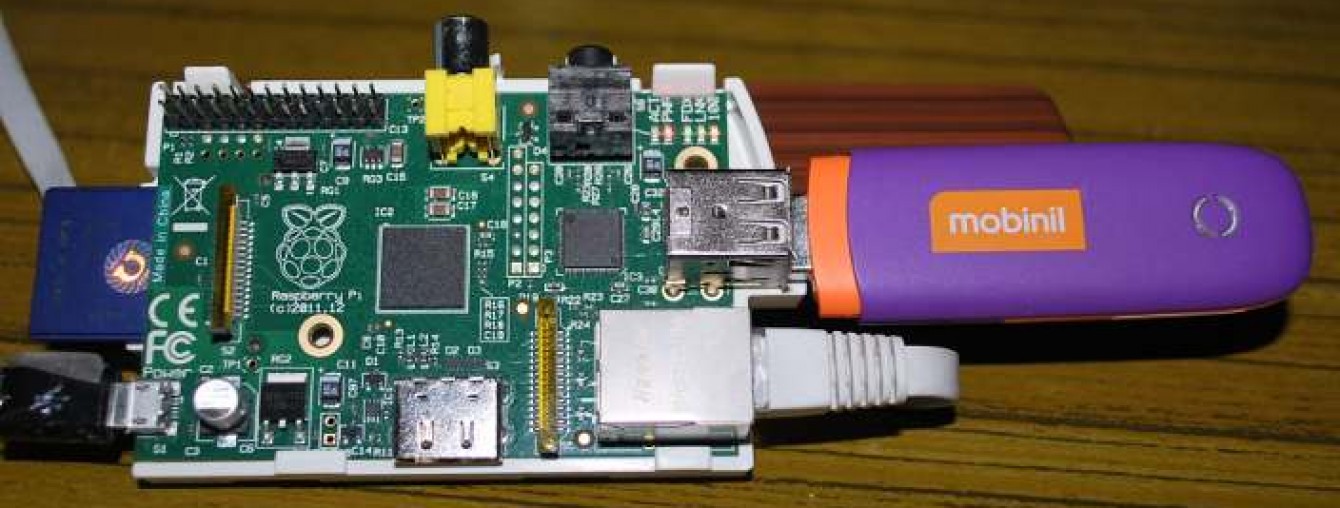I2C Library
I2C Library https://projects.drogon.net/raspberry-pi/wiringpi/i2c-library/ WiringPi includes a library which can make it easier to use the Raspberry Pi’s on-board I2C interface. Not all systems have the I2C development libraries and headers installed, and when you buildwiringPi, it detects this at build time. If you are using these helper functions and you get link errors, it means that wiringPi is not installed with the I2C helper functions. You need to install the I2C development libraries and re-build. Under Raspbian: sudo apt-get install libi2c-dev then
